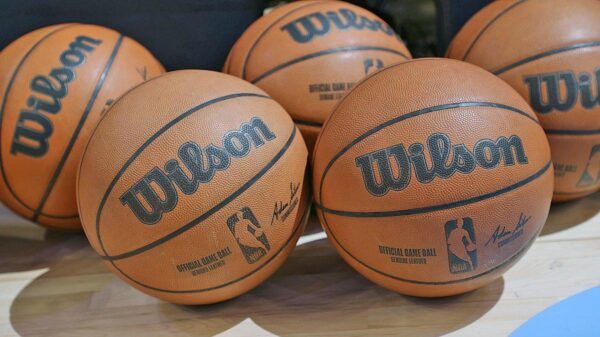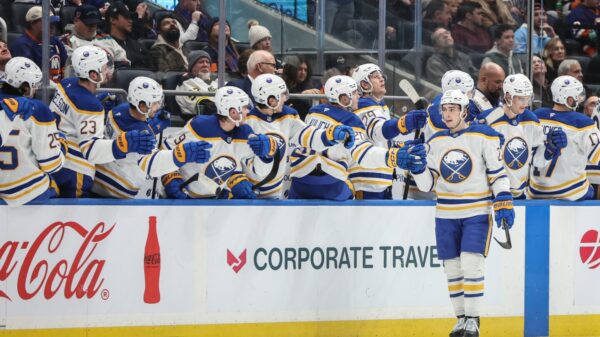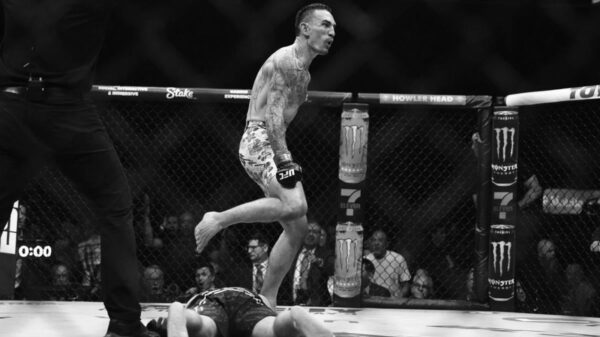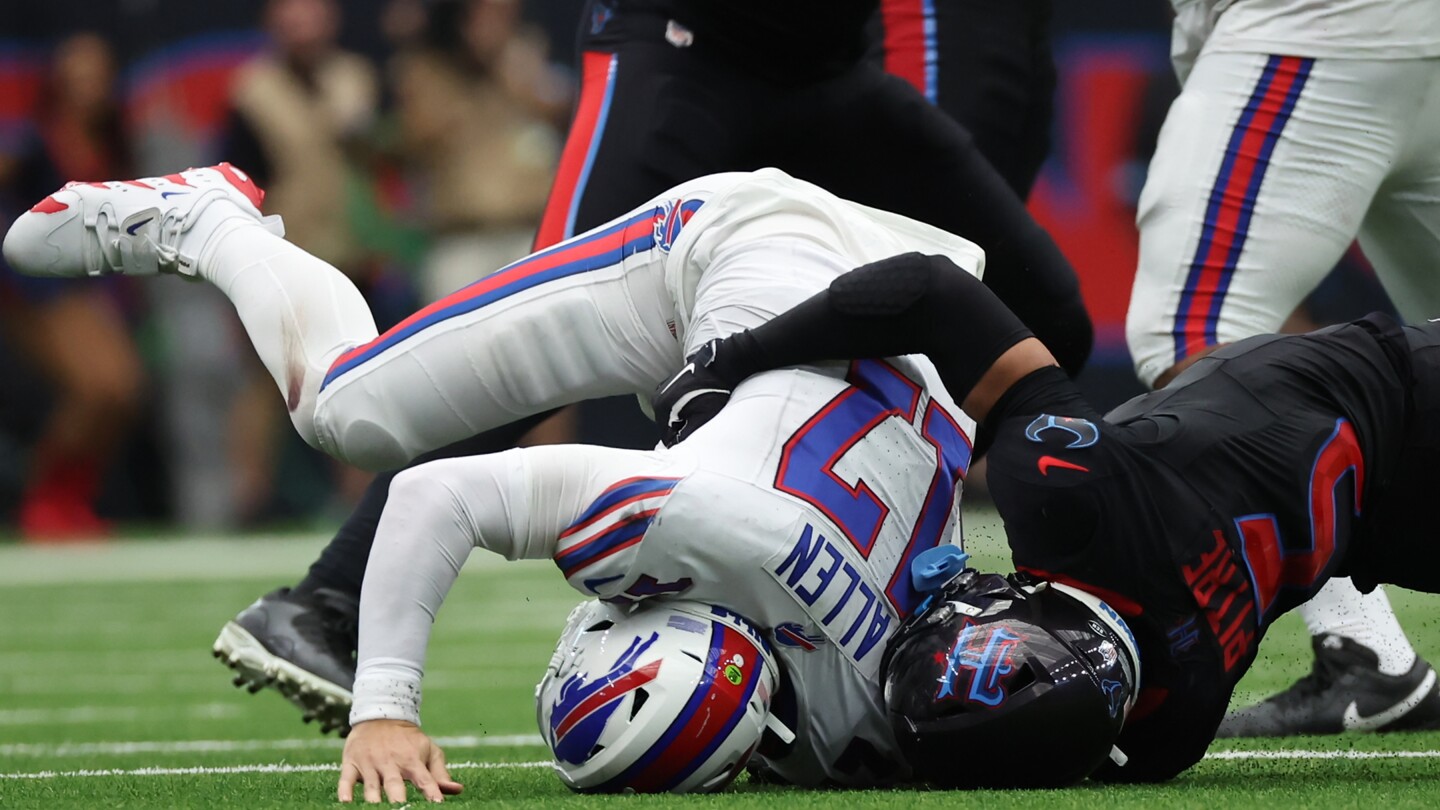Fifteen years ago, the NFL was forced to move away from the traditional how many fingers?-style model for clearing players to return after taking a big blow to the head. And much has changed, in part because if the NFL hadn’t done it on its own, Congress would have forced the issue.
A tension still lingers between getting a key player back on the field after a potential concussion and providing actual healthcare to a player who has suffered a brain injury. The latest example of it came from (and continues to come from) Bills quarterback Josh Allen.
On Sunday, Allen hit his head on the ground, hard. He missed 2:30 of game time and 6:06 of real time while he received an evaluation, first of his ankle and then of his brain. At one point on the sideline, he was offered smelling salts. He ultimately missed only one offensive snap in a game the Bills trailed by three points, 20-17, in the fourth quarter.
On one hand, it’s a checklist. On the other hand, it’s healthcare — or at least it should be. The problem is that proper healthcare takes too long. Dr. Julian Bailes told me years ago that the sideline is no place for an effective concussion evaluation.
“Making the diagnosis of concussion on the field or sideline has always been difficult,” Dr. Bailes told PFT by email in 2011. “Lately I’ve come to think that the safest way if an athlete has ‘concussion-like symptoms,’ is to remove them to the locker room where you can be away from the noise, cold, and distractions. If there is any suspicion that a concussion has occurred, then they are not put back in the game.”
The late John Madden put it this way: “When in doubt, leave them out.”
The problem with that approach is that players who ultimately did not have concussions could be prevented from playing. The more important the player, the more problematic that becomes for his team — and for a league that wants its best players on the field.
For Allen, was it a checklist applied on an expedited basis, or was it healthcare? Was there suspicion he’d suffered a concussion? The offer of smelling salts would tend to confirm that.
Three days later, something still seemed to be a little off, to the outside observer. Consider Allen’s words from Wednesday: “I obviously went into the tent. I can only control what I can control. What we talked about there, they deemed me cleared to play, and that’s what happened. That’s as deep as I’ll get into it.”
That last part feels less like Allen exercising his HIPAA rights and more like Allen choosing to say as little as possible because he might say something that lands him in the protocol.
It’s not his fault. The system allows it, if not encourages it. Like any other portion of the rules, the concussion protocol becomes something for which teams that want to win football games need to approach strategically. The players want to play. The teams want the players to play. They understand what it takes to allow them to play.
The players, as Joe Burrow said in the aftermath of the initial Tua Tagovailoa concussion controversy, know what they signed up for. But the league has created a system that, when properly applied, can keep them from doing the thing they signed up to do.
Therein lies the rub. Checklist vs. healthcare. The players and their teams want it to be the former. The league, ideally, wants it to be the latter.
But does it? Again, the game benefits from having the best players on the field. The game benefits from players not being unreasonably delayed from returning to play after suffering a suspected concussion.
Most of us aren’t doctors. Most of us have common sense. Concussion evaluations all too often seem as if they’re regarded by player and/or team as an annoyance, not as a diagnostic tool critical to the short- and long-term health of the player.
The faster they’re done, the more they seem to be no different than a pit crew changing out the tires and filling the tank with gas. Time is of the essence, when the real essence should be the well being of a player who is willing to disregard it in the moment.
Read the full article here






















































